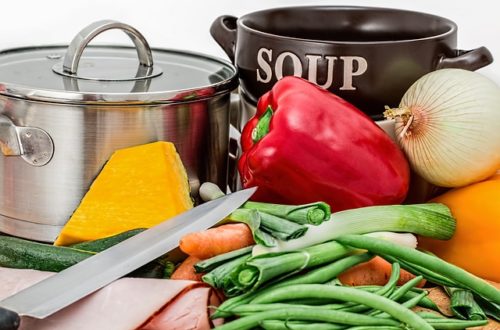Alpine or Italian Cuisine – A Difficult Choice

Should we pick pizza, pasta, or lasagna? Or perhaps fondue, raclette, or rösti? Any food enthusiast worldwide would easily identify the first three as popular representatives of Italian cuisine. The latter three might be more mysterious to some, yet they share a common thread—they’re part of Alpine cuisine. Deciding between Alpine or Italian cuisine poses quite the challenge, as both culinary traditions deserve considerable attention.
Italian Cuisine: A Culinary Treasure
Authentic Italian cuisine is a true gem, where every meal embodies a ritual and a sacred opportunity to socialize with friends and family. The Mediterranean diet, renowned for its health benefits, forms the foundation of Italian dishes, crafted using fresh ingredients.
Italians themselves are bona fide food aficionados, acknowledging only the highest quality in their cuisine. For instance, they consider it a culinary faux pas to use frozen fish or not have freshly baked bread. While globally beloved dishes like pasta, pizza, ravioli, lasagna, among a few others, have gained fame, there exist hundreds of variations for each. Italy boasts over 300 pasta varieties, 500 types of cheese, 300 meat products, and for wine enthusiasts, a selection of around 2,000 varieties. However, beyond the superior quality of its products, Italy shines due to its exceptional cooks, shaping a cuisine that’s unique, diverse, and unparalleled.
Exploring Modern Italian Cuisine
Modern Italian cuisine is split into two realms: the haute, classic, “la cucina classica,” reflecting remnants of an old aristocratic culture with influences from French culinary traditions, and the equally intriguing cuisine of the hosts (“la cucina casalinga”)—embracing local peasant and bourgeois traditions. Notably, culinary traditions across Italy’s regions differ significantly, each boasting its own pasta types, cheese, meat products, and wines, as well as unique recipes for salads, soups, stews, bread, pastries, and desserts. Amid this abundance, mandatory Italian specialties include pasta, pizza, ravioli, and spaghetti, alongside famed dishes like chicken Parmesan, bruschetta with tomatoes and olives, Caprese salad, and the quintessential dessert, tiramisu.
Commonalities with Alpine Cuisine
But what links these rival cuisines—Italian and Alpine? Firstly, some northern Italian regions nestle within the Alps, influencing their culinary flair. Shared between Italy and Alpine countries is a passion for cheese and a love for simple, high-quality, and delectable food.
Alpine Culinary Traditions
Alpine culinary traditions draw influence from Austria, Switzerland, Germany, and Italy’s mountainous regions. Alpine dishes are characterized by a limited selection of top-quality ingredients, including meat, potatoes, and dairy. Fondue, a Swiss delight, reigns supreme—chunks of cheese melded with white wine in a specialized pot, best enjoyed by dipping bread cubes into the creamy mix.
Raclette, another Alpine favorite, also revolves around cheese and is particularly tempting in the winter season. Served hot with boiled potatoes, it pairs well with sausages. Potatoes take the spotlight in another Swiss culinary pride—rösti. Grated and baked, these potatoes shine as a standalone or a side dish.
Conclusion
There’s much to discuss about the richness and diversity of Alpine and Italian cuisines. Yet, the best approach is always to savor these cuisines firsthand rather than merely discussing them.
Would you like to receive similar articles by email?





